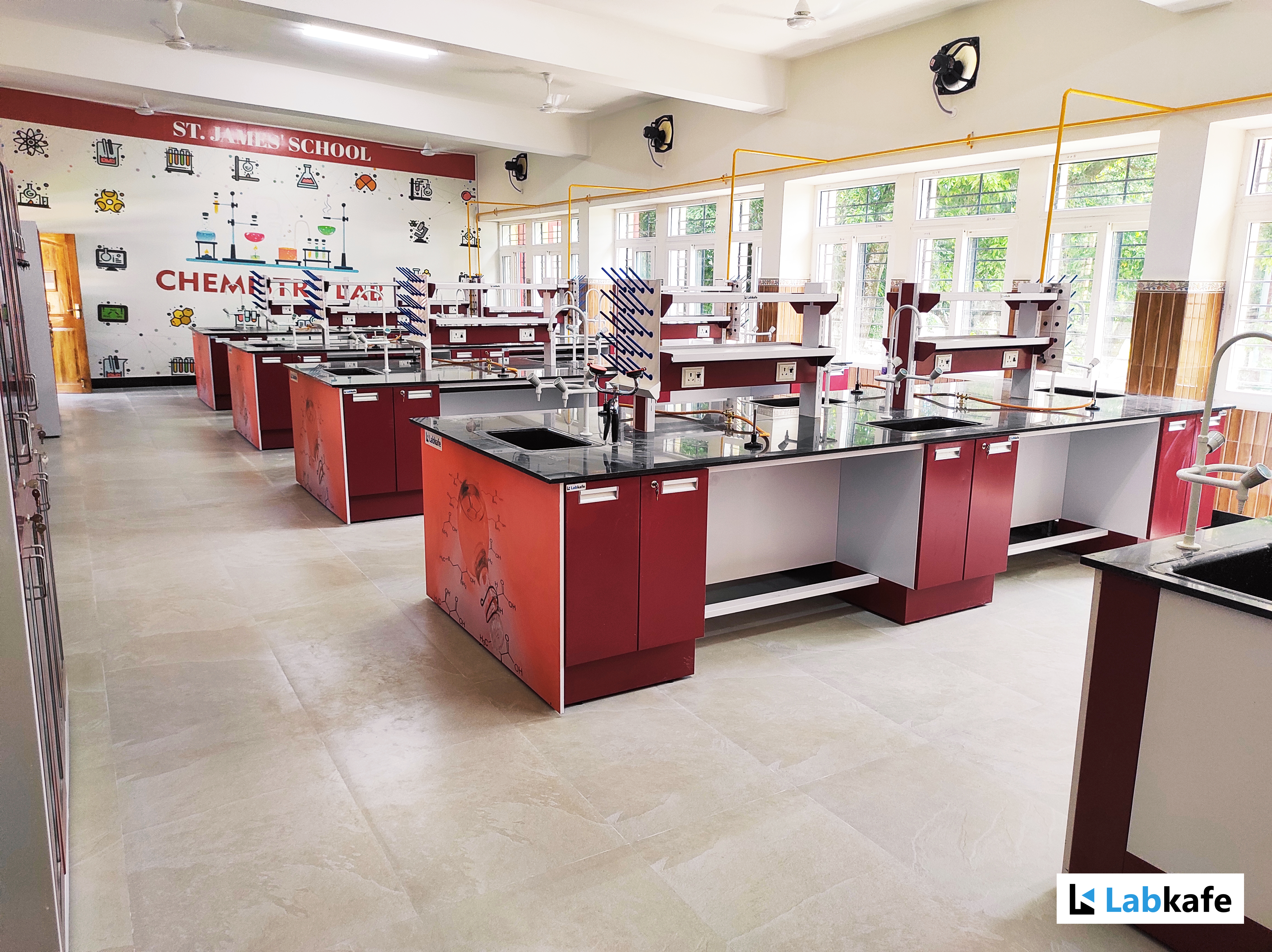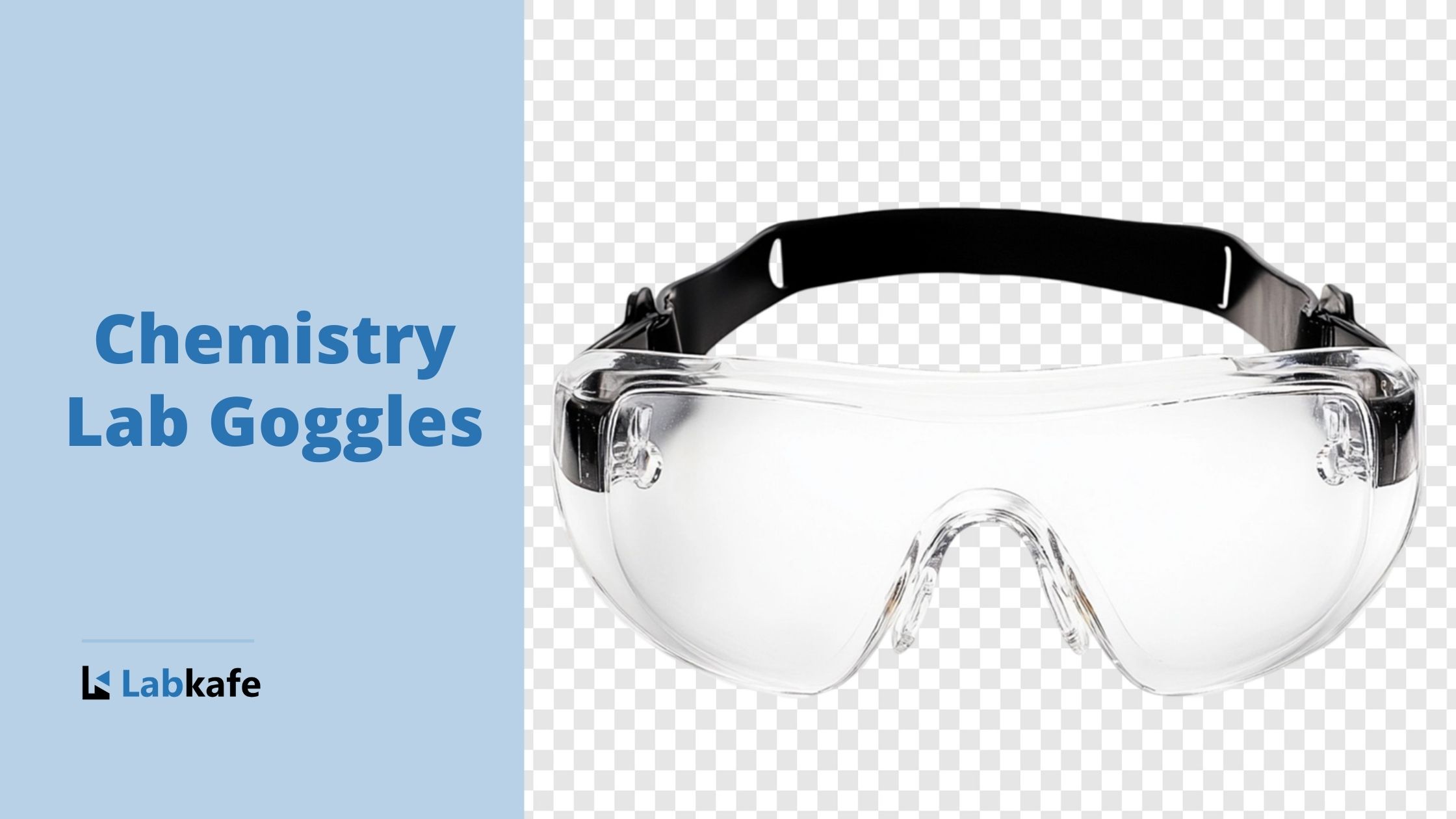An aneroid barometer is an instrument used to measure the height or altitude of an object above a reference point, typically above sea level.
Altimeters are widely used in aviation, hiking, mountaineering, meteorology, geography, and space exploration. In this blog, we will take a closer look at Aneroid barometer, how they work, and their various uses.

Types of Aneroid barometer:
Mainly, there are two types of Altimeter,
- Pressure Altimeter or Aneroid barometer, which approximates altitude above sea level by measuring atmospheric pressure.
- Radio altimeter, which measures absolute altitude (distance above land or water) based on the time required for a radio wave signal to travel from an airplane, a weather balloon, or a spacecraft to the ground and back.
How Altimeters Work:

The Aneroid Barometer operates on the principle that average atmospheric pressure decreases linearly with altitude. The instrument is enclosed in a case that is connected to the outside of the aircraft by an air pressure inlet at the rear of the housing.
Two or more aneroid capsules—i.e., thin corrugated metallic bellows from which air has been exhausted—are positioned near the inlet. These capsules expand when the outside air pressure falls (as in climbing) and contract when the outside air pressure rises (as in descending).
By a mechanical arrangement of sector gears, pinion, backlash spring, and crankshaft, the expansion or contraction of the aneroid capsules is converted to the movement of pointers on a dial.
The graduated scale dial is marked off in metres or feet, and a series of gear-driven pointers similar, to the hands of a clock may be used to indicate the altitude in units of hundreds, thousands, or tens of thousands. The barometric scale dial records the air pressure in millibars (mb).
Demonstration of Aneroid barometer in classroom to our students:
Being such a useful instrument, how can we demonstrate Aneroid barometer and it’s working principle in classroom to our students? We can use this working, aneroid barometer demonstration kit & explain its working, parts & uses to our students during our physics class.

Uses of Aneroid barometer: Altimeters have a number of uses, including:
- Aviation: Aneroid barometer are essential instruments for pilots and are used to determine the altitude of an aircraft during flight. This information is crucial for safe flight and navigation.
- Hiking and Mountaineering: Altimeters can be used by hikers and mountaineers to determine the altitude of a location, which can be useful for navigation and to plan their route.
- Meteorology: Aneroid barometer are used by meteorologists to gather data on atmospheric pressure and temperature, which is used in weather forecasting.
- Geography: Altimeters can be used in geography to determine the elevation of a location and the shape of the terrain. This information is crucial for mapping and surveying.
- Space Exploration: Aneroid barometer are used in space exploration to determine the altitude of spacecraft and landers. This information is crucial for landing and exploring other planets and celestial bodies.
Conclusion:
In conclusion, Aneroid barometer or Altimeters are versatile and useful instruments that have a variety of applications in different fields. Whether you’re a pilot, hiker, meteorologist, geographer, or space explorer, an altimeter can be an indispensable tool for measuring altitude and making important decisions.
About Labkafe
Founded by NIT alumni in 2015, Labkafe quickly became India’s leading manufacturer of laboratory equipment and furniture. With a vision to revolutionize educational supplies, Labkafe has rapidly expanded, enhancing lab infrastructure across the country and beyond, supporting the next generation of scientists.












Leave a Reply